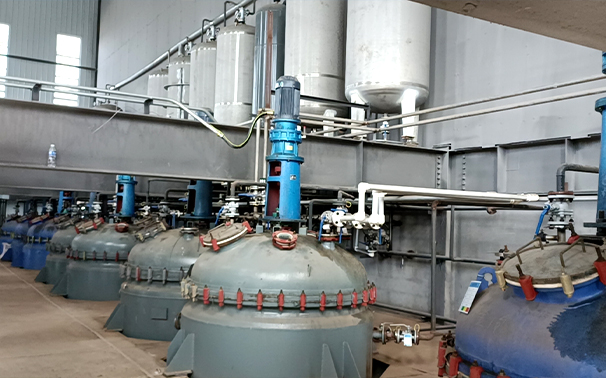cationic polyacrylamide uses
The Uses of Cationic Polyacrylamide A Versatile Polymer
Cationic polyacrylamide (CPAM) is a synthetic polymer that has gained prominence in various industrial applications due to its unique properties. This water-soluble polymer is characterized by its positively charged functional groups, which enable it to interact effectively with negatively charged substances. Because of these properties, CPAM finds extensive use in fields ranging from water treatment to papermaking and beyond. This article explores the diverse applications of cationic polyacrylamide and its significance across multiple industries.
1. Water Treatment
One of the most prevalent applications of cationic polyacrylamide is in water treatment processes. CPAM is widely employed as a flocculant, which means it aids in the aggregation of suspended particles in water, helping to clarify and purify the water. When added to wastewater treatment facilities, CPAM facilitates the removal of contaminants, including heavy metals, organic matter, and other pollutants. Its ability to form larger floccules ensures that these particles can be easily removed from water, thus enhancing the overall efficiency of the water purification process. As water scarcity becomes a growing concern globally, the demand for effective water treatment solutions using CPAM is expected to rise.
2. Papermaking Industry
In the papermaking industry, cationic polyacrylamide plays a crucial role as a retention aid, helping to retain fine fibers and fillers in the paper during the manufacturing process. This retention not only improves the overall quality of the paper produced but also reduces material wastage, making the process more cost-effective. CPAM enhances the strength and brightness of the paper, which is highly sought after in high-quality paper products. Moreover, its ability to improve drainage in the formation process minimizes the time and energy required for paper production, contributing to greater operational efficiency.
3. Mining and Mineral Processing
cationic polyacrylamide uses

Cationic polyacrylamide is also utilized in the mining and mineral processing industries. In these contexts, CPAM acts as a flocculant to separate valuable minerals from waste slurry in various processes, including coal washing and ore beneficiation. It enhances the settling rates of particles, leading to better recovery rates of minerals. Furthermore, using CPAM in mineral processing can reduce water consumption and overall operational costs, making it an environmentally friendly option compared to traditional methods.
4. Agriculture
In agriculture, the use of cationic polyacrylamide has become increasingly popular, particularly in the context of soil conditioning and erosion control. CPAM improves the water retention capacity of soil and helps in the effective delivery of nutrients to crops. When applied to arid or semi-arid soils, CPAM can significantly enhance moisture retention, resulting in healthier plants and increased agricultural yield. Additionally, its application can reduce soil erosion, protect waterways from sedimentation, and promote long-term soil health.
5. Personal Care Products
Another emerging application of cationic polyacrylamide is in the formulation of personal care products, such as shampoos and conditioners. Its ability to act as a conditioning agent helps improve the texture and manageability of hair. CPAM provides smoothness and reduces frizz, making it a desirable ingredient in many cosmetic formulations. Moreover, its cationic nature allows it to bind effectively to negatively charged surfaces like hair and skin, further enhancing the performance of cosmetic products.
Conclusion
Cationic polyacrylamide is a versatile polymer that has found its way into numerous industries due to its unique properties and functionalities. From water treatment and papermaking to agriculture and personal care products, CPAM's applications are broad and impactful. As industries continue to seek sustainable and efficient solutions, the significance of CPAM is likely to grow, paving the way for innovations and improvements in various processes. With ongoing research and development, the future of cationic polyacrylamide promises to bring even more exciting applications and benefits, making it an indispensable material in modern manufacturing and environmental management strategies.
-
The Power of Isothiazolinones in Modern ApplicationsNewsMay.08,2025
-
Flocculants in Water TreatmentNewsMay.08,2025
-
Flocculants and Chemical Solutions: What You Need to KnowNewsMay.08,2025
-
Flocculants and Chemical Solutions: A Growing IndustryNewsMay.08,2025
-
Essential Chemicals: Polymaleic Anhydride and MoreNewsMay.08,2025
-
Acrylic Polymers: Essential Solutions for IndustryNewsMay.08,2025





